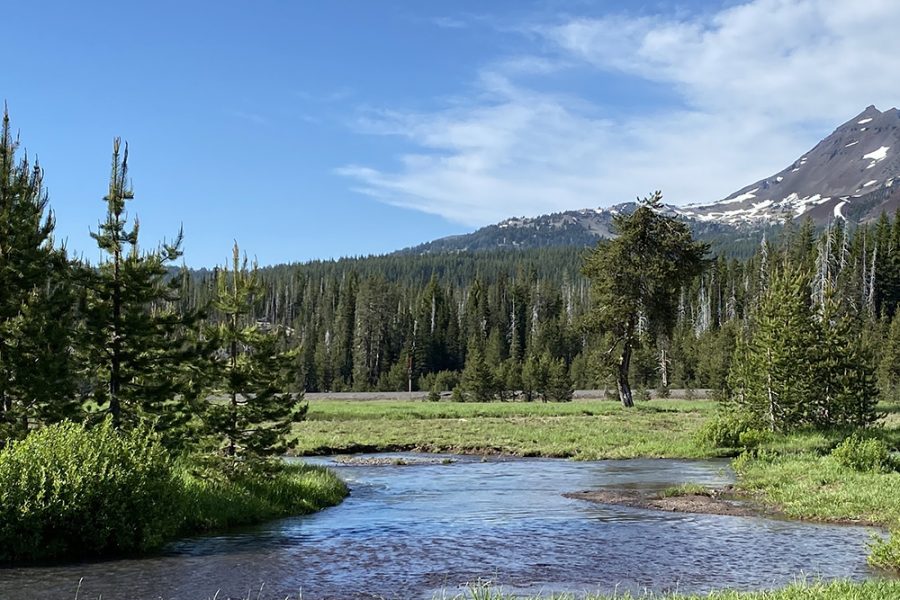Imagine every highway speed limit in the United States changing every few years to a government official’s determination of a “safe” speed.
In some ways the interpretation of the Waters of the United States (WOTUS) rule is similar. When the federal administration changes, the interpretation of the WOTUS changes to suit the preference of the party in power; either broadening or narrowing depending upon the political leanings of the leaders at the Environmental Protection Agency (EPA).
Last week, the Supreme Court heard oral arguments in Sackett v. EPA, a case that could stop the vacillation in the interpretation of WOTUS under the Clean Water Act.
Under the current interpretation of WOTUS, any body of water – no matter how small – connected to a navigable waterway is subject to WOTUS rules.
Therein lies the complaint in Sackett v. EPA. The Sacketts planned to build a home on their land near Priest Lake. Idaho but had the work halted when the EPA claimed the land contained a wetland, despite water being visible on the land. The EPA claimed the Sacketts’ property was connected to a wetland via a 30-foot paved road between their lot and the wetland; the wetland is connected to a man-made ditch; the ditch is connected to a non-navigable creek; and the creek is connected to Priest Lake.
The broad interpretation of WOTUS goes well beyond the reasonable classification of a navigable waterway connection. For farmland alone, there are approximately 900 million acres that could be affected by this interpretation, encompassing everything from wetlands to ephemeral waterways – something the EPA says constitute up to 60 percent of waterways in the U.S.
The Sackett case also coincides with an EPA effort to redefine its primary test for WOTUS – “significant nexus” – a term coined in the early 2000s. Under WOTUS, the interpretation of significant nexus is the key to determining how the Clean Water Act may be applied. The U.S. Supreme Court interpreted the significant nexus to mean “waters of the U.S.” if they “either alone or in combination with similarly situated waters in the region significantly affect the chemical, physical, or biological integrity of traditional navigable water, interstate waters, or territorial seas.”
Three Supreme Court cases expanded the definition of the significant nexus to include “adjacent wetlands,” “relatively permanent standing or continuously flowing bodies of water” that did not necessarily have to be navigable, and the definition of navigable wetlands was expanded to be defined as wetlands which could be made navigable if they were adjacent to already navigable waterways.
The EPA should not be redefining “significant nexus” until a ruling has been made in the Sackett case. Reworking agency rules that could quickly be undone by the Court is a waste of time and resources.
No matter what the outcome of the Sackett case is, WOTUS needs to be changed so it cannot be reinterpreted every few years. Anyone with an interest in keeping waterways clean and useful long-term should want to see WOTUS revised into a useable policy that benefits everyone with a clear delineation of “dos and don’ts” rather than fuzzy case-by-case application of the law that changes with the political winds.
Pam Lewison is a farmer, Pacific Research Institute fellow, and director of the Washington Policy Center’s Initiative on Agriculture.


